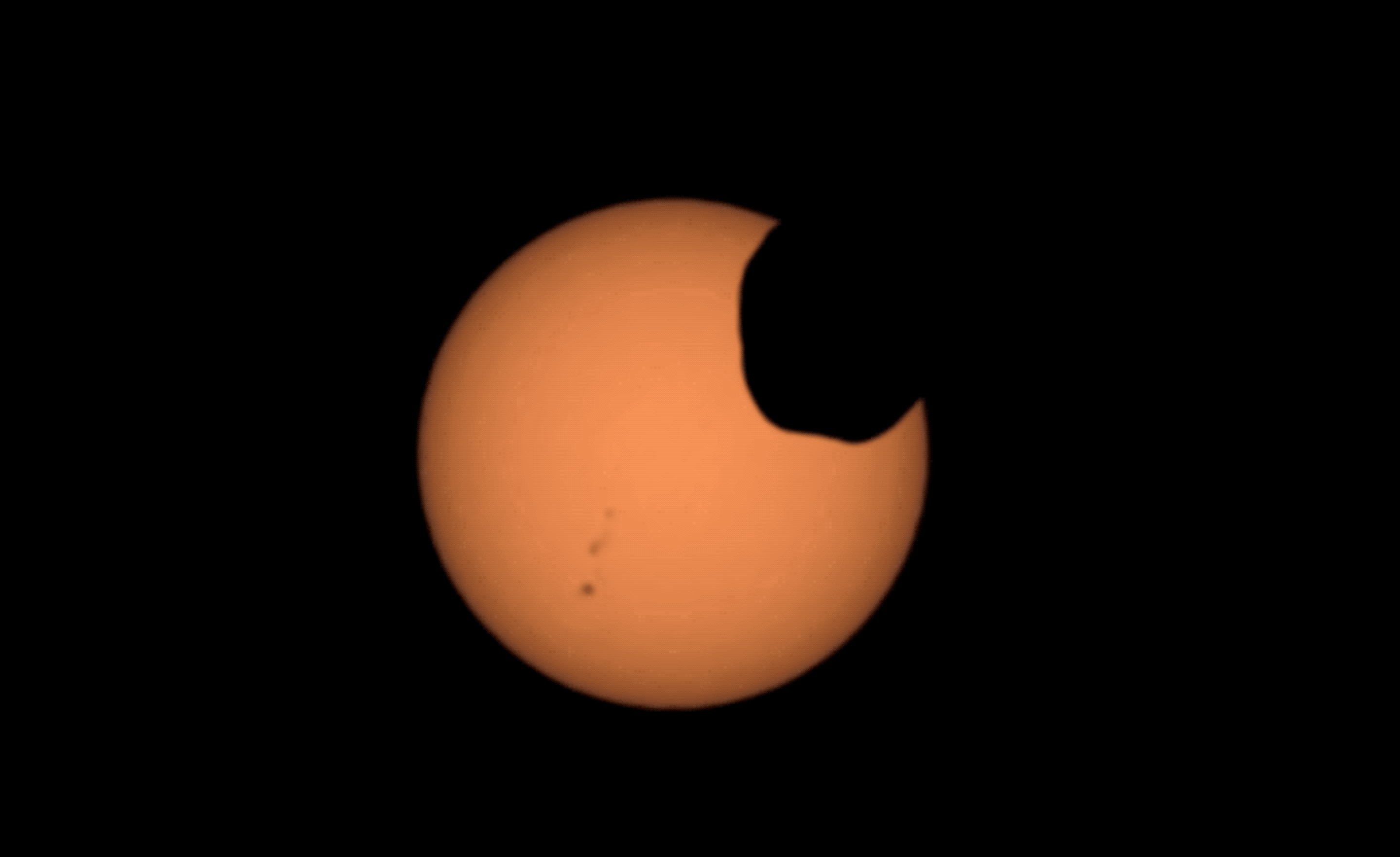When you buy through connectedness on our site , we may earn an affiliate commission . Here ’s how it put to work .
Introduction
Since the dawn of humanity , people have take care to the sky and marveled at the gleam brightness above . With the Second Coming of modern telescopes , scientists came to empathize the intricacies of starring evolution and how these great balls of fire live , grow and perish . More often than not , their enquiry produces prominent mental image of superstar and their related to phenomena that invoke awe and marvel . In this drift , we take a smell at some of the best case from recent years .
River of stars
A river of stars1,300 light - years farsighted and 160 lightsome - eld wide winds through theMilky Wayin this incredible photo . Made using theEuropean Space Agency ’s ( ESA ) 3-D - mapping Gaia satellite , the image shows a stellar stream ( in red ) that was hide to astronomers before the delegacy ’s launch .
Hidden beauty
This beautiful image bring out something about our favorable region star that is otherwise invisible to human eyes — magnetic field lines emerging from our sun . Created byNASA ’s Solar Dynamics Observatory , the snapshot is made using computer modelling that enchant the unobserved solar energy responsible for flair and other space atmospheric condition events .
Hypervelocity stars
A schematic shows 20hypervelocity stars racing toward our galaxyat million of miles per hour . Even crazier ? These wiz appear to be foreign renegades flung toward the Milky Way from a distant galaxy by an unknown process .
Jiggling space bubbles
The beetleweed NGC 3079 , located 67 million faint - year from Earth , is blowing bubbles . Seen here in ten - rays and opthalmic brightness , the global structuresare formed when muscular seismic disturbance wave shove throttle released by stars far into space . It ’s potential that these bubbles are sending highly energetic cosmic ray in the direction of Earth .
The entire sky
Four years of observations went into makingthis awesome all - sky mapping , which feature the magnetic disk of the Milky Way slashing through its center and more than 800 million hotshot in sum . Made using data from the Pan - STARRS observation tower in Maui , Hawaii , the mathematical function represents one of the bountiful galactic data press release of all time—1.6 petabytes of data ( 1.6 million G ) , or the equivalent of about 2 billion selfies .
Eta Carinae
One of the most freaky beasts in the night sky isEta Carinae , a sensation so massive and shiny that its own photons are puffing up its outer layers into an odd , hourglass contour . This paradigm , take with the European Southern Observatory ’s Very Large Telescope , shows the bipolar construction as well as jet coming out from the central star .
Orion’s belt
In thesword of the configuration Orion , some 1,500 light - years away from Earth , a wiz blasted out a flare pass of plasma and radiation 10 billion times more muscular than any ever seen coming from our sun . The explosion was captured by the James Clerk Maxwell Telescope on Mauna Kea in Hawaii , and can be run across in the domain inside the white circle on the right , when the star briefly became brighter than almost anything around it .
Massive star and tiny twin
This artist ’s picture featuresa young star name MM 1ain a mavin - forming neighborhood of the Galax urceolata more than 10,000 light - years away . When uranologist zoomed in closer to the object , they found a surprise : a smaller star sib , organize from the spray of dust and gasolene surrounding MM 1a .
Solar north pole
This compositeimage of the sun ’s magnetic north polewas taken over several day using ESA ’s Proba-2 orbiter , which supervise space weather condition . At the top you could see a dark vortex bubbling around the pole ’s centre . This is a coronal hole — a slight , colder region on the sun ’s open that is more likely to eject blisteringly loyal gamey - Energy Department mote into blank space .
Call me STEVE
In July of 2016 , skywatchers were treat toa foreign phenomenon named STEVE . Most multitude originally mean it was a uncommon demonstration of average sunrise , in which the charged particles toss out by the Lord’s Day toward Earth interact with our major planet ’s magnetised field in a glorious debauch of color . But a study later found that STEVE does not contain the telling tracing of charged particles blasting through Earth ’s atmosphere that auroras do . The puzzling STEVE — which stand for Strong Thermal Emission Velocity Enhancement — is still largely unexplained .
primitively bring out on Live Science .




























